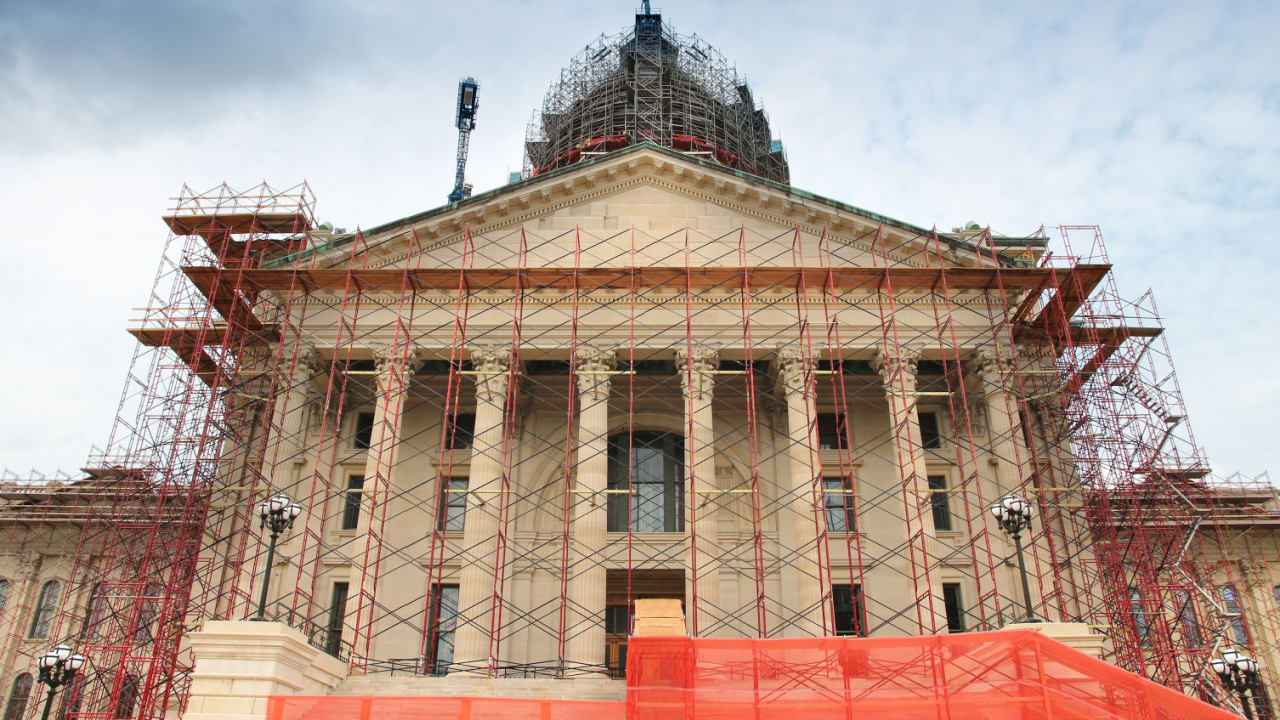
MBMA’s Energy Design Guide: Bringing Clarity to Energy Code Compliance
Consumers and regulators around the globe are demanding improved energy efficiency and building performance from industries and companies. This is in response to both the movement to reduce building energy costs as well as the desire by building owners to market themselves as green, sustainable or high performance. This is also driven by demand for improved environmental performance in buildings, which today account for more than 40 percent of energy consumed in the United States. Organizations like The American Society of Heating, Refrigerating and Air-Conditioning Engineers (ASHRAE) and the International Code Council (ICC) are adapting their codes and standards to meet these changing demands.
In order to keep up with changing energy efficiency requirements in codes and standards, the Metal Building Manufacturers Association (MBMA) has updated its MBMA Energy Design Guide for Metal Building Systems to help builders, designers and manufacturers maintain compliance.
The second edition of the guide, released in 2017, offers direction for builders to comply with the latest editions of the International Energy Conservation Code (IECC) and ASHRAE Standard 90.1, Energy Standard for Buildings Except Low-Rise Residential Buildings. Beyond maintaining compliance, the Energy Design Guide also offers high-performance energy efficiency options for those seeking green building certifications, such as LEED v4, Green Globes and the Living Building Challenge, for metal buildings.
The Guide covers information concerning energy code fundamentals, national model energy code requirements, a review of compliance tools, the fundamentals of insulating metal buildings, how to apply cool roof options, how to take advantage of daylighting, green and sustainable codes, standards and programs, and advanced or above-code energy programs. In addition, the Guide contains information about photovoltaic systems.
Metal building systems are offered as total design packages, developed by manufacturers as a cost-effective option to meet requirements for a variety of industries and applications, such as warehousing, maintenance, office, retail, government and educational space. Depending on the intended application, several factors can play a role in the efficiency requirements of a metal building system, and there are a number of options for designers to achieve compliance with relevant codes. For example, a building intended for storage may be recognized as semi-heated space, a category not included in the IECC, but that is accounted for in ASHRAE Standard 90.1. The MBMA Energy Design Guide helps users navigate these differences and provides guidance to assist in rendering decisions such as when to consider the prescriptive or trade-off methods in order to optimize the energy efficiency of designs and for demonstrating energy code compliance.
Geographical location also impacts design decisions where an owner can consider taking advantage of such options as cool roofs, solar photovoltaic or solar water heating systems, as well as siting and orientation of the metal building. Each of the national model energy codes contain provisions addressing how those options can both be compliant and energy efficient, which can benefit the owner of the building with lower utility bills.
While adding insulation under the roof panels can reduce cooling and heating costs, there is a diminishing return on energy savings when the cost of construction to increase the insulation thickness exceeds the energy savings. This is where reflective roofing (e.g. cool roofs) can play a role in warmer climates by reducing energy demand for air-conditioning the interior environment by reflecting the sun’s rays. This is where the technologies in the metal roof coating(s) (e.g. originally bright white colors) can assist in making the surfaces of the roof cooler by increasing the reflectance. Today there are various colors of paint beyond bright white that can achieve a desired aesthetic color and the minimum solar reflectance and thermal emittance as required by code. This is achieved by using special pigments that reflect sunlight in the invisible spectrum while maintaining their color in the visible spectrum (known as infrared reflective pigments).
Metal building system roofs offer an optimal base for photovoltaic (PV) installations to reduce a building’s energy demand on the grid. This is especially important for metal building owners because of their typically large roof areas, and the standing seams can be used to mount solar panels without the need to penetrate the roof surface or utilize additional rack mounting as conventional roofs do. Since steel roofs have longer lifespans than alternative roofing materials, building owners can avoid the disruption and expense of replacing or servicing roofs before PV replacements are required.
Metal building roofs have a number of advantages which include:
- longevity - steel roofs can last 40-70 years depending on the type and thickness purchased;
- durability – steel roofs are virtually unaffected by hail;
- fire safety – steel roofs do not ignite when burning brands land on the roof; and
- recyclable – steel roofs consist of up to 90 percent recycled content and can be 100 percent recycled at the end of their lives.
The MBMA Energy Design Guide is an exceptional resource that represents a culmination of pertinent information for building owners, design professionals, builders and manufacturers on how to design, construct and maintain energy-efficient metal buildings.
The MBMA Energy Design Guide for Metal Building Systems, Second Edition, is now available for purchase or download.
Related stories








